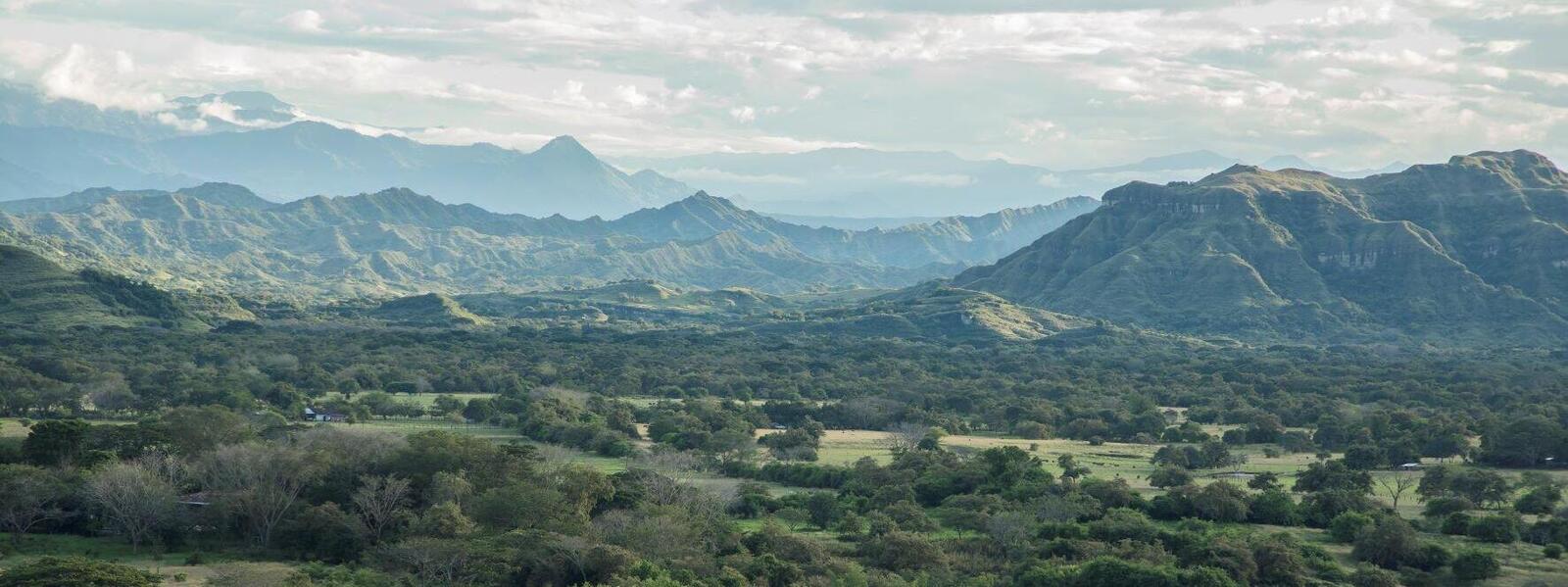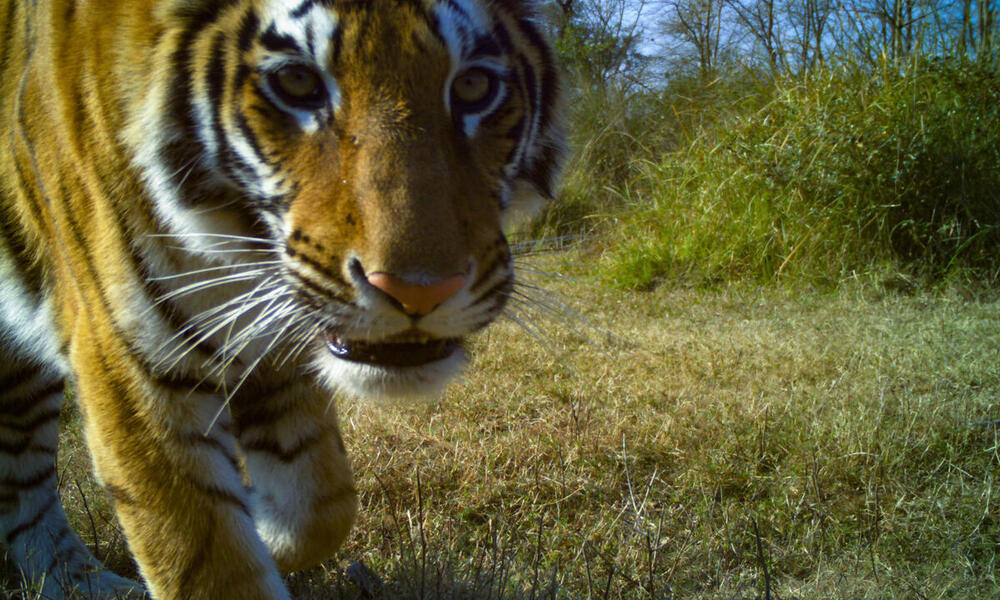An Alaska Native community in Bristol Bay protects its land, fishery, and culture from the ruinous Pebble Mine
Alaska’s Bristol Bay watershed—including the world’s largest wild sockeye salmon run—has for more than a decade contended with the looming threat of Pebble Mine, a proposed copper-gold-molybdenum mining project located in the headwaters of the Kvichak and Nushagak Rivers, two of the eight major rivers that feed Bristol Bay. Developers of the mine have exploited nearly every legal, governmental, and public relations avenue to keep the project alive. But now a historical decision by Native landowners, in conjunction with a landmark proposal by the US Environmental Protection Agency, could finally end the Pebble Mine project for good. More than 23,000 WWF supporters signed on to encourage the protection of the rivers, streams, and wetlands that support the salmon fishery and a subsistence-based way of life that has sustained Alaska Native communities for generations. And in December, WWF, with partners at The Conservation Fund and other members of the Bristol Bay Victory Challenge, announced the successful establishment of a 44,000-acre conservation easement protecting four of the world's most important rivers for salmon habitat. These easements will permanently protect land owned by the Pedro Bay Corporation, an Alaska Native corporation, and will bisect the road proposed by Pebble Mine developers.
New map helps prioritize conservation actions in North America’s Central Grasslands
The Central Grasslands Roadmap, a collaborative partnership established to increase the conservation of North America's Central Grasslands, is comprised of leaders and experts that live and work across this 600-million-acre region, which includes the Northern Great Plains. In 2022, collaborative released the Central Grasslands Assessment Map, which was produced under the guidance of WWF’s Northern Great Plains Science Team. Over the last three years more than 200 partners from Canada, the United States, Mexico, and the region’s Native nations collaborated and informed the map, which is to be used by everyone from local communities to government agencies, industry, and funding entities to prioritize conservation actions. The map emphasizes the paramount importance of maintaining and expanding core areas of intact grasslands, to allow wildlife to flourish, mitigate climate change, provide food security, and support livelihoods and traditional cultural values for rural communities and Native nations.



